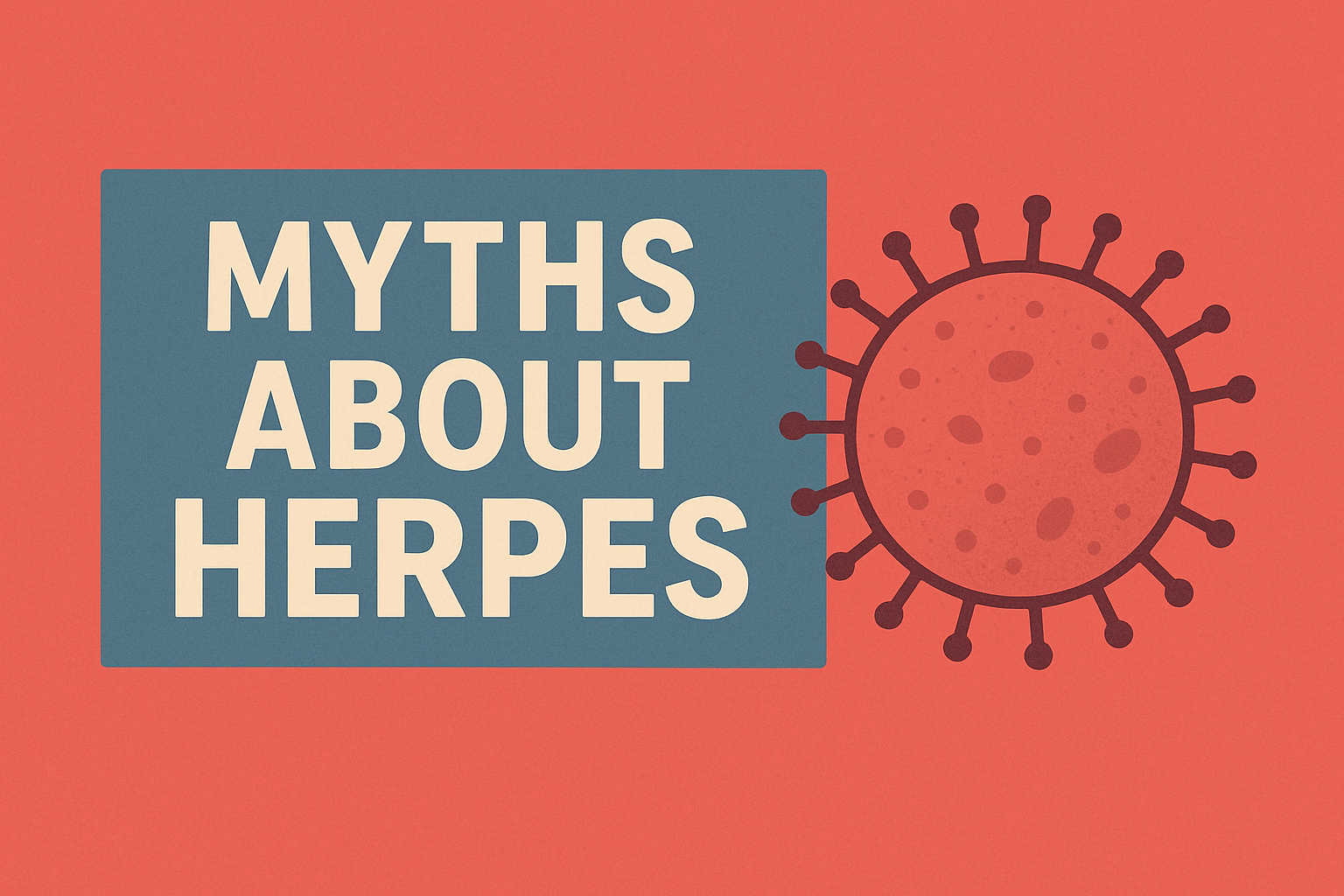Did you know that chlamydia can affect areas beyond the genital region? Surprisingly, oral chlamydia is a growing concern that many people are unaware of, leading to unaddressed health risks.
Chlamydia is a common sexually transmitted infection (STI) that primarily affects the genital tract, but it can also infect the throat through oral transmission. One can contract chlamydia through oral sex with an infected partner, making it crucial to understand the various ways this infection can spread. Understanding how oral chlamydia manifests and spreads is essential for maintaining sexual health, yet many still overlook the significance of being informed.
In this article, we will delve into the critical aspects of oral chlamydia, from symptoms and transmission methods to diagnosis and prevention strategies. Equip yourself with the knowledge to keep yourself and your partners safe from this often-ignored infection. For a comprehensive understanding of oral gonorrhea, including its symptoms, transmission, and prevention, explore our detailed guide.
What is Oral Chlamydia?
Oral chlamydia is a type of sexually transmitted infection, or STI, caused by the bacteria Chlamydia trachomatis. This infection occurs when the bacteria infect the mouth or throat, typically through oral sex with an infected partner. Often referred to as a “silent” infection, oral chlamydia frequently goes unnoticed because most people do not experience any symptoms. However, this does not mean it is harmless. If left untreated, oral chlamydia can lead to serious health complications, including damage to the reproductive system and an increased risk of contracting other STIs. Let’s look at some of the most common symptoms so you can stay informed:
Chlamydia Symptoms: Sore throat and other signs
A sore throat is one of the most common indicators of oral chlamydia. A sore throat caused by oral chlamydia can often be mistaken for other conditions such as strep throat. However, there are other signs to be aware of, especially if the are concurrent.
- Sore throat: It might feel like a regular throat infection but can persist if untreated.
- Mild fever: A slight increase in body temperature may occur.
- Swollen lymph nodes: These may be tender, particularly around the neck area.
Recognizing these symptoms can be tricky since they can resemble other conditions. Thus, if you have engaged in sexual activities with potential chlamydia exposure, consider getting tested.
Asymptomatic cases
One of the challenges in diagnosing oral chlamydia is that a significant number of cases are asymptomatic, meaning you may see no signs of symptoms. Because of this, the infection can spread unknowingly.
Most people with chlamydia infections might not realize they need treatment until more severe health complications arise. It is essential to spread awareness about these silent cases. Routine screenings and preventive measures can help tackle the risk factors associated with chlamydial infection.
It’s essential to understand that chlamydial infections may present no symptoms at all, or that the symptoms may be mild, so you can take the best steps to ensuring your health.
Transmission of Oral Chlamydia
While many people know about genital chlamydia infections, some may not realize that it can also infect the throat. Performing oral sex on an infected partner can lead to the transmission of chlamydia. This type is often referred to as oral chlamydia.
Risk through Oral Sex
Oral chlamydia is primarily transmitted through oral sex. Engaging in sexual activities that involve the mouth and genitals can expose individuals to the infection. During oral sex, if one partner has genital chlamydia, the bacteria can be passed to the other’s throat.
Symptoms of chlamydia in the mouth may not always be noticeable. It is crucial to acknowledge that most people with chlamydia do not experience symptoms, making it easy for the infection to spread unknowingly.
Potential Transmission through Kissing
Unlike transmission through oral sex, its extremely unlikely to transmit Chlamydia simply through kissing. The bacteria that cause chlamydia typically require more direct sexual contact to spread. Kissing does not involve contact with the genitals or the exchange of genital secretions, which is why the risk is so low.
However, individuals should be aware of other oral health concerns. Poor oral hygiene or gum disease might increase vulnerability to infections, though not specifically chlamydia. It’s always a good idea to maintain good oral health to prevent other possible health complications.
Diagnosis and Testing for Oral Chlamydia
It’s crucial to understand how chlamydia diagnosis and testing can help in identifying and treating this infection early.
Common Diagnostic Methods
Diagnosing oral chlamydia involves specific tests, often requested after exposure through oral sexual activities. The following methods are commonly used:
- Swab Test: A healthcare provider may take a swab of the throat to collect a sample. This test checks for the presence of the chlamydia bacterium.
- NAAT (Nucleic Acid Amplification Test): This is one of the most reliable tests. It detects the genetic material of chlamydia in the sample from the throat swab.
- Urine Sample: Although more effective for genital chlamydia infection, a urine sample can be used in conjunction with oral tests to provide a comprehensive diagnosis.
Importance of Testing
Testing for oral chlamydia is vital for several reasons:
- Prevention of Health Complications: Untreated chlamydia can lead to severe health issues, including reactive arthritis and inflammatory diseases.
- Reducing Transmission Risks: By diagnosing and treating chlamydia early, you can reduce the risk of passing the bacterial infection to sexual partners through oral or other sexual contact.
- Avoiding Symptoms of Chlamydia: While the majority of people with chlamydia may not experience symptoms, those that do can face sore throat, unusual discharge, and related issues. Testing can prevent these discomforts.
- Promoting Sexual Health: Regular testing contributes to better sexual health. Sexual health clinics often recommend routine checks for sexually active individuals, especially those with multiple sexual partners.
Treatment Options for Oral Chlamydia
Antibiotic Therapies
Treating oral chlamydia typically involves antibiotics. The most common medications used include azithromycin and doxycycline. Here’s a quick look at these options:
Antibiotics work by killing the bacteria that cause the infection. A healthcare provider will help decide which antibiotic is best based on your health history and potential allergies. It’s important to complete the entire course of medication, even if you start feeling better, to ensure the infection is entirely cleared. Remember, antibiotic treatment not only helps cure the chlamydial infection but also reduces the risk of transmitting it to sexual partners.
Follow-up Care and Assessment
Follow-up care is crucial after taking antibiotics for chlamydia. Even after treatment, a doctor may recommend additional tests. A follow-up urine sample or swab test can confirm that the infection is gone. This step helps check for any potential complications, like pelvic pain or unusual discharge.
Your healthcare provider might recommend you abstain from sexual contact until you’ve completed treatment. (Remember, though not always practical, abstinence is the best prevention strategy.
Also, it’s necessary to inform all recent sexual partners so they too can get tested and treated if necessary. Using a barrier method, like condoms or dental dams, during sexual activities can lower the chance of chlamydia transmissions in the future.
Be aware of the risk factors and take preventive measures to protect yourself from recurrent chlamydia infections. Regular visits to sexual health clinics for screenings can help catch any infections early. Education about STIs and maintaining open communication with your sexual partners are also effective strategies to manage sexual health.
Oral chlamydia might not be as commonly discussed as genital chlamydia, but it’s still important to be aware of it. Understanding the symptoms of chlamydia, potential treatments, and preventive strategies can help maintain optimal sexual health.
FAQs
How do I know if I have an STD?
Sexually transmitted diseases and infections are likely much more common than you think. The CDC reports that 15-24 year olds account for more than half of all new STD infections in the United States. In 2013, there were nearly 1.4 million new cases of chlamydia diagnosed nationwide. The rise of Trichomoniasis, Herpes I and II, HPV and other sexually transmitted infections make it more common than ever to contract a communicable illness through sex.
When should you test for STDs?
Sexually transmitted diseases and infections are likely much more common than you think. The CDC reports that 15-24 year olds account for more than half of all new STD infections in the United States. In 2013, there were nearly 1.4 million new cases of chlamydia diagnosed nationwide. The rise of Trichomoniasis, Herpes I and II, HPV and other sexually transmitted infections make it more common than ever to contract a communicable illness through sex.
How much do STD tests cost near me in Stevens Point?
Sexually transmitted diseases and infections are likely much more common than you think. The CDC reports that 15-24 year olds account for more than half of all new STD infections in the United States. In 2013, there were nearly 1.4 million new cases of chlamydia diagnosed nationwide. The rise of Trichomoniasis, Herpes I and II, HPV and other sexually transmitted infections make it more common than ever to contract a communicable illness through sex.
Can you get same-day STD tests in Stevens Point?
Sexually transmitted diseases and infections are likely much more common than you think. The CDC reports that 15-24 year olds account for more than half of all new STD infections in the United States. In 2013, there were nearly 1.4 million new cases of chlamydia diagnosed nationwide. The rise of Trichomoniasis, Herpes I and II, HPV and other sexually transmitted infections make it more common than ever to contract a communicable illness through sex.
How fast do you get STD test results in Stevens Point?
Sexually transmitted diseases and infections are likely much more common than you think. The CDC reports that 15-24 year olds account for more than half of all new STD infections in the United States. In 2013, there were nearly 1.4 million new cases of chlamydia diagnosed nationwide. The rise of Trichomoniasis, Herpes I and II, HPV and other sexually transmitted infections make it more common than ever to contract a communicable illness through sex.
Are appointments needed for STD testing near me in Stevens Point?
Sexually transmitted diseases and infections are likely much more common than you think. The CDC reports that 15-24 year olds account for more than half of all new STD infections in the United States. In 2013, there were nearly 1.4 million new cases of chlamydia diagnosed nationwide. The rise of Trichomoniasis, Herpes I and II, HPV and other sexually transmitted infections make it more common than ever to contract a communicable illness through sex.
Sources
- CDC – Sexually Transmitted Infections (STIs)
- CDC, 2022 STI Surveillance Report – Sexually transmitted infections (STIs)
- WHO – Sexually transmitted infections (STIs)
- WebMD – Oral Herpes: Causes, Symptoms, & Treatment
- National Institutes of Health – The Stages of HIV Infection
- Medscape – Gonorrhea Clinical Presentation
- Iowa.gov – Chlamydia
- Minnesota Department of Health – Hepatitis
Related Articles

Chlamydia in the Mouth: What It Is & How to Treat It

Top 10 Myths about Herpes

Chlamydia in the Mouth: What It Is & How to Treat It
Confidential, Private and Affordable STD Testing?
Order a full 10 test STD screening panel now for just $139. Individual STD tests starting at just $24.


